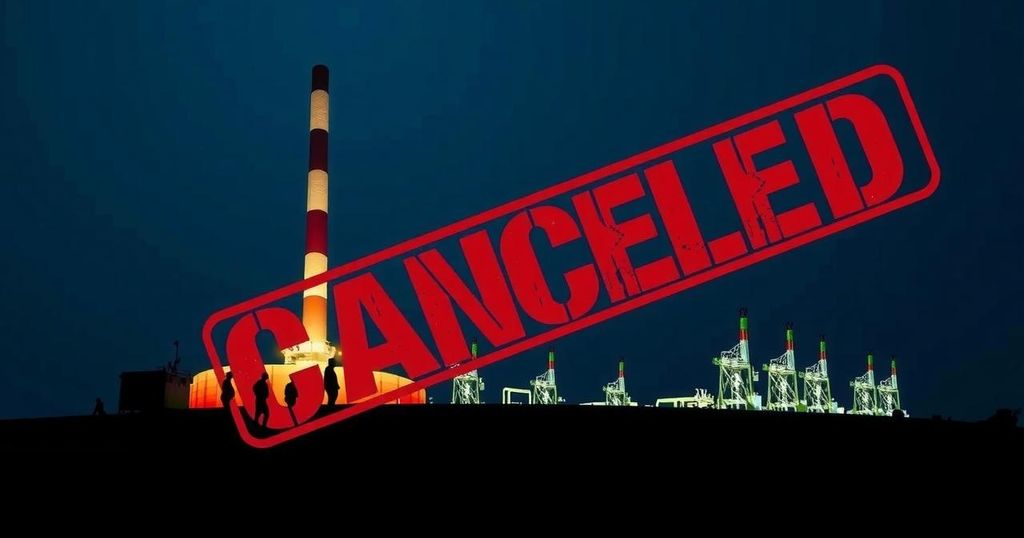The sun had set on Ørsted’s ambitious e-methanol project, FlagshipONE, casting a shadow over the northern Swedish landscape where it was once slated to revolutionize the green fuel industry. Like a bold explorer venturing into uncharted territory, Ørsted took on the challenge of spearheading the largest green e-methanol project in Europe, only to face the harsh reality of market obstacles and elusive long-term contracts.
Originally conceived by Liquid Wind, Ørsted breathed new life into the project in late 2022, igniting hope for a future powered by commercial-scale Power-to-X technology. The promise of becoming a major player in the green fuel sector, especially for the shipping industry, fueled Ørsted’s ambition as it ventured into uncharted territory.
But like a ship navigating treacherous waters, the project encountered unforeseen challenges and risks in the uncharted territory of the liquid e-fuel market. Ørsted admitted that despite its strategic vision, the project’s development faltered, casting a shadow of uncertainty on its future.
Methanol had emerged as a popular alternative fuel in the global newbuild orderbook, but its lofty price tag deterred many from fully embracing its potential. Ørsted lamented the slow industrialization of the technology and the lagging offtake market, which ultimately eroded the project’s viability.
The facility in Örnsköldsvik had held the promise of producing 50,000 tonnes of e-methanol annually by 2025, but the harsh realities of the market and mounting costs forced Ørsted to redirect its focus away from the liquid e-fuel market.
The decision was undoubtedly a blow to those who had pinned their hopes on the success of Ørsted’s bold venture. However, it served as a reminder of the uphill battles and uncertainties that plague the journey towards sustainable and green fuel technologies. It will be the resilience and adaptability of pioneering companies like Ørsted that will ultimately chart the course for progress in this crucial sector.

Leave a Reply